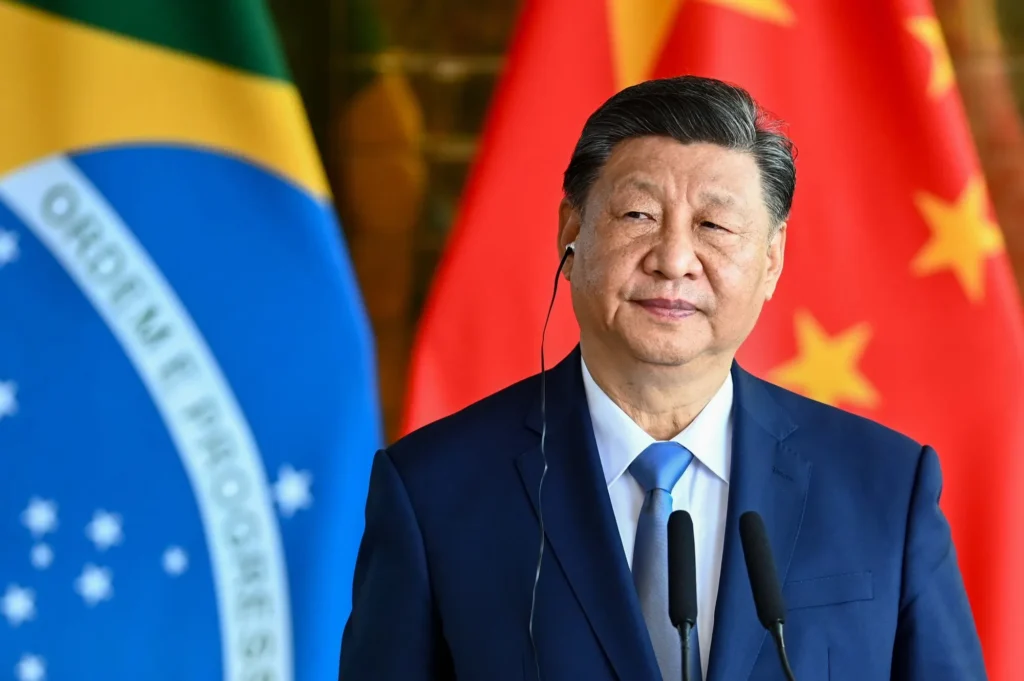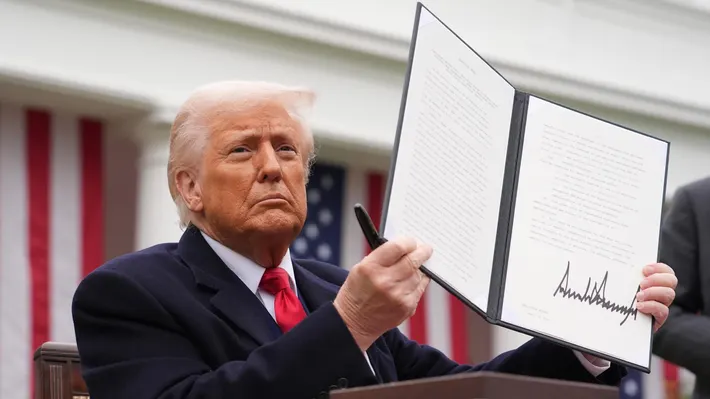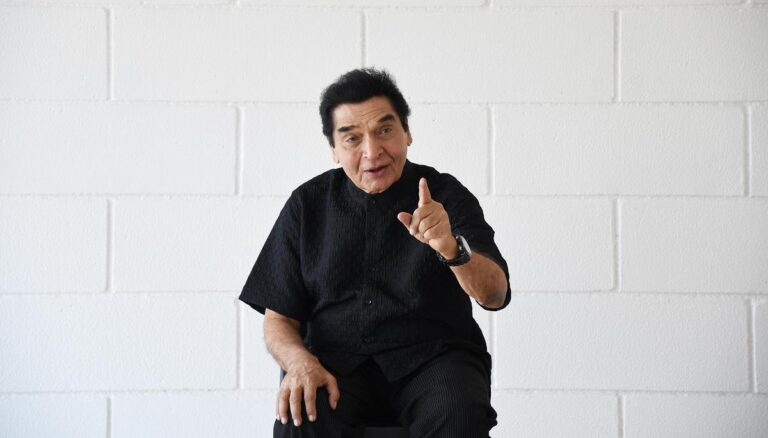In a stunning economic move, U.S. President Donald Trump has announced a sweeping 100% Tariff on China on all Chinese imports starting November 1, 2025. The decision, which instantly rattled global markets, marks one of the most aggressive trade policies in modern history. Trump’s declaration also came with a threat to cancel his upcoming summit with Chinese President Xi Jinping a meeting that was expected to ease tensions between the world’s two largest economies.
This announcement has reignited fears of a new trade war, sending shockwaves through industries, investors, and political analysts across the globe. The United States and China have long been economic rivals, but Trump’s latest move suggests the rivalry is entering an even more volatile phase.
Why Trump Is Doing It
Speaking at a press conference in Washington, Trump described China as “America’s biggest economic threat” and accused Beijing of “decades of unfair trade practices.” He said the new 100% Tariff on China would help restore “economic justice” and protect American jobs from what he called “predatory Chinese dumping.”
“For too long, China has taken advantage of America. They steal our technology, manipulate their currency, and flood our markets. That ends now,” Trump declared to loud applause from his supporters.
This strong rhetoric echoes his previous policies during his first presidency, when he imposed tariffs on Chinese goods ranging from steel to electronics. But this time, the tariffs cover all Chinese imports a dramatic escalation that could reshape global trade flows.
How China Might React

Beijing has yet to officially respond, but early reports from Chinese state media describe Trump’s move as “economic blackmail.” Experts expect China to retaliate with its own tariffs or sanctions, possibly targeting major U.S. exports like soybeans, aircraft, and technology components.
Trade analysts warn that this tit-for-tat approach could reignite the same kind of trade war that shook global markets during Trump’s first term. Only now, with both economies facing internal pressures the U.S. dealing with inflation and China facing a sluggish post-pandemic recovery the stakes are even higher.
According to Dr. Li Wen, an economist at Peking University, “China will not sit quietly. A full-blown tariff war could hurt both nations, but it may also accelerate China’s push toward self-reliance and new trade alliances.”
Impact on the Global Economy
The immediate effect of Trump’s Tariff on China threat was visible in the financial markets. The Dow Jones Industrial Average dropped by 2% within hours of the announcement, while Asian and European markets also dipped amid investor anxiety.
Economists fear that the 100% Tariff on China will drive up the prices of everyday goods for American consumers, including electronics, clothing, and household items most of which are heavily reliant on Chinese manufacturing. Inflation, which had shown signs of easing, could spike again as a result of higher import costs.
On the flip side, some U.S. manufacturers see this as an opportunity to revive domestic production. “This could be the biggest boost to American factories in decades,” said Thomas Keller, CEO of an Ohio-based manufacturing firm. “If tariffs make Chinese goods more expensive, local industries can finally compete fairly.”
However, smaller businesses that depend on Chinese components are worried. Many fear they’ll be unable to source affordable materials, leading to layoffs and price hikes.
The Cancelled Summit and Diplomatic Fallout
Trump’s threat to cancel his meeting with Xi Jinping adds another layer of uncertainty. The summit, originally scheduled for mid-November, was seen as a chance to stabilize U.S. China relations. By threatening to walk away, Trump is signaling that he prefers confrontation over negotiation a strategy his critics say could backfire.
Foreign policy experts believe the move is aimed as much at domestic politics as at Tariff on China. With the U.S. presidential race heating up, Trump appears to be leveraging his tough stance on China to rally his base. His campaign slogan “Make America Strong Again” heavily focuses on economic nationalism, manufacturing revival, and reducing foreign dependency themes that resonate strongly with working-class voters.
Reactions from Around the World
Global leaders have expressed concern over Trump’s announcement. The European Union called for “restraint and dialogue,” warning that global trade stability is at risk. Japan and South Korea, key U.S. allies with deep trade ties to both Washington and Beijing, are caught in the middle fearing that disrupted supply chains could affect their own economies.
Meanwhile, Russia and Iran reportedly welcomed the move, seeing it as another sign of growing U.S.-China division that could push Beijing closer to their sphere of influence.
Financial experts say this could accelerate a global “economic realignment,” where countries diversify trade partnerships away from both the U.S. and China to avoid future disruptions.
What Comes Next
If the tariffs take effect on November 1, 2025, analysts expect the first visible impact by December. Prices for consumer goods could rise sharply during the holiday shopping season a politically sensitive time for any U.S. leader.
Some economists hope both nations will return to the negotiating table before then. “A 100% Tariff on China is not sustainable for long,” says Sarah Blakely, a senior trade analyst at the Peterson Institute. “Either they’ll compromise, or the world will face another economic slowdown.”
Still, Trump seems unfazed by warnings. “America will no longer be bullied,” he said. “This is just the beginning of a new American century.”
High – Stakes Politics
Trump’s 100% Tariff on China is more than just a trade policy it’s a high-stakes political and economic gamble. It could reshape global commerce, redefine alliances, and test the resilience of both economies.
Whether this bold move will strengthen America’s position or trigger a deeper global recession remains to be seen. But one thing is certain: the world is watching closely as two economic giants prepare for another showdown.









